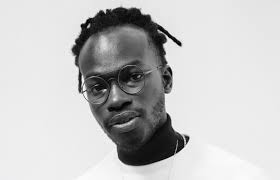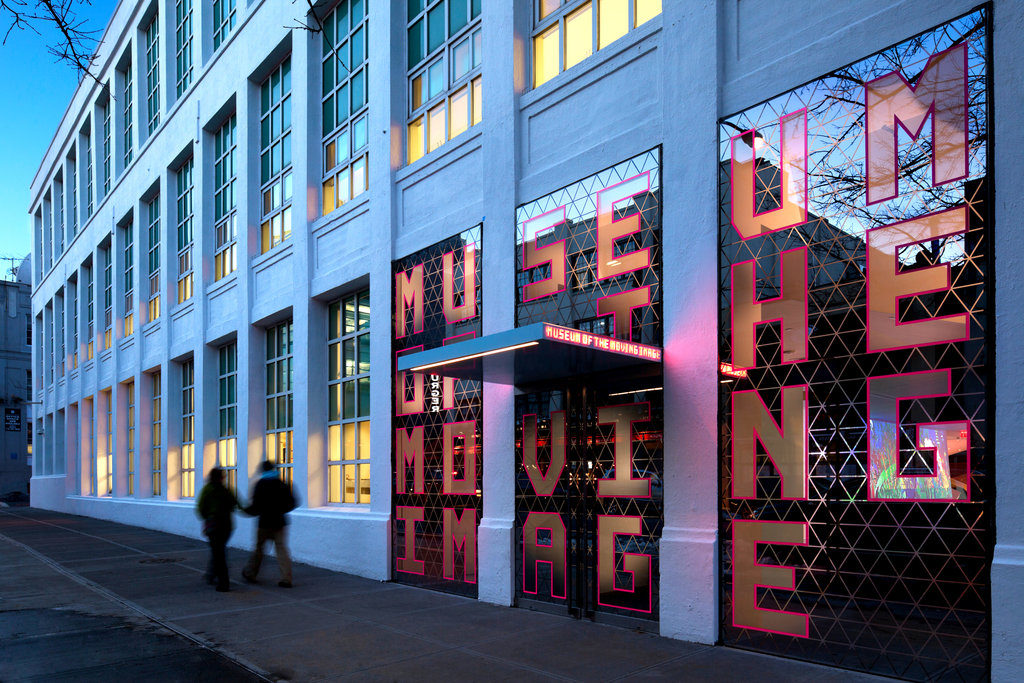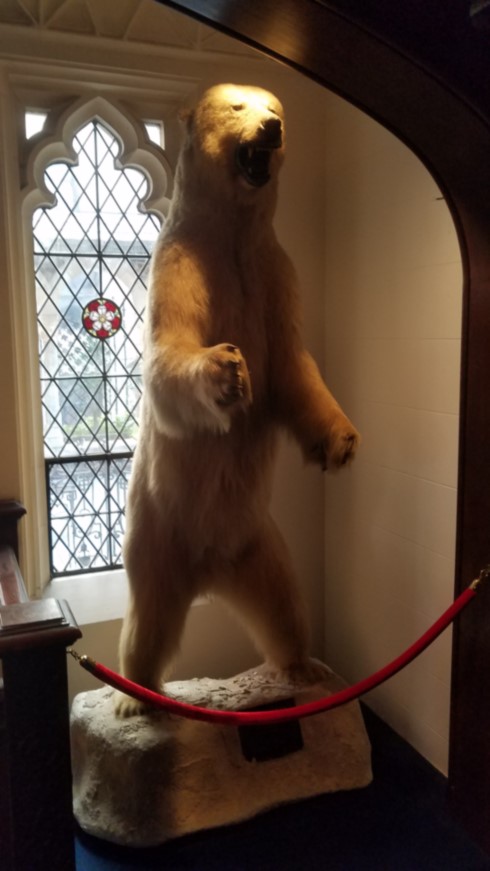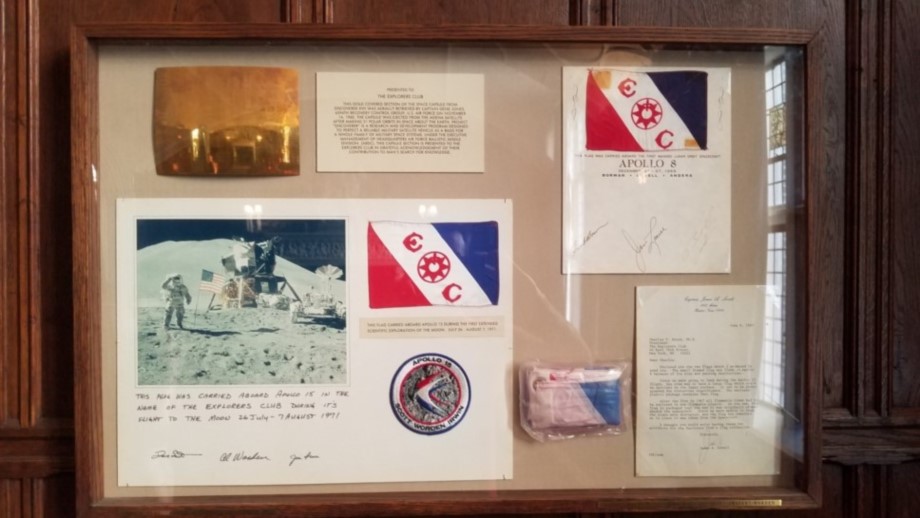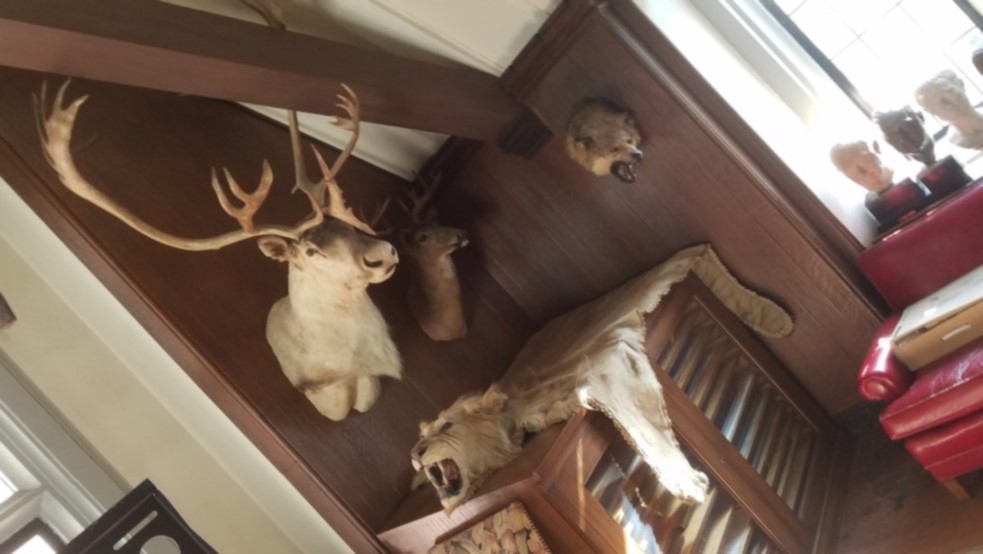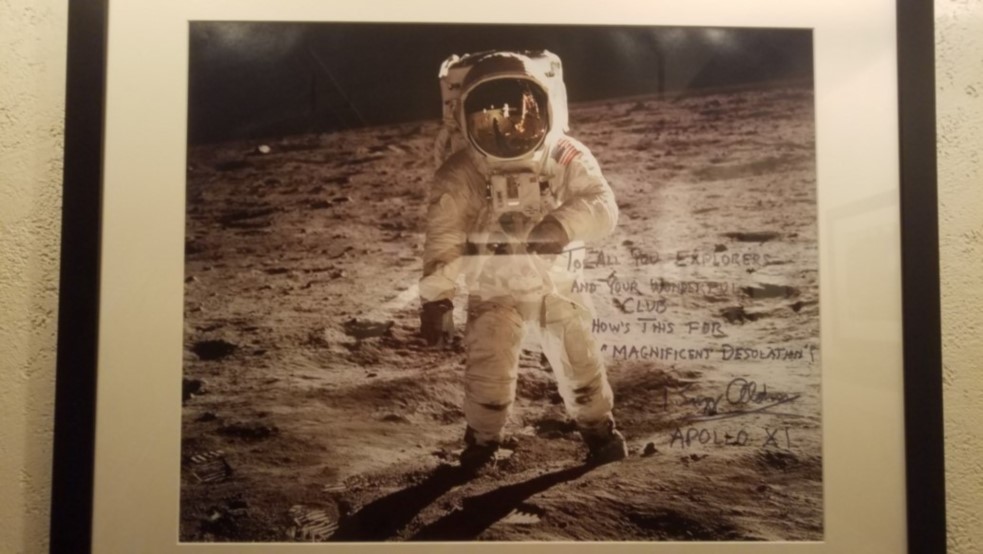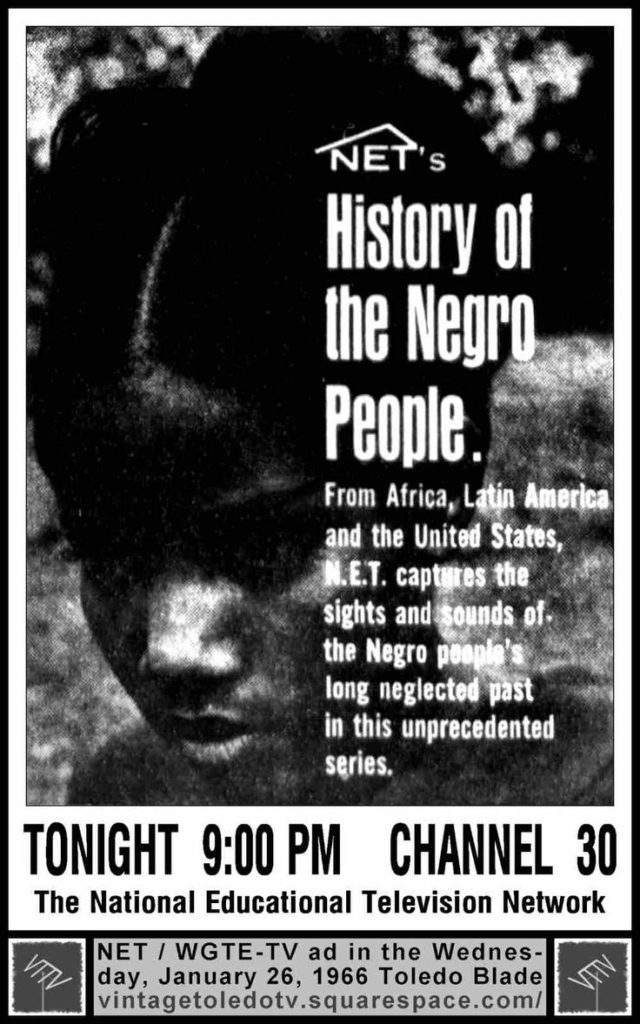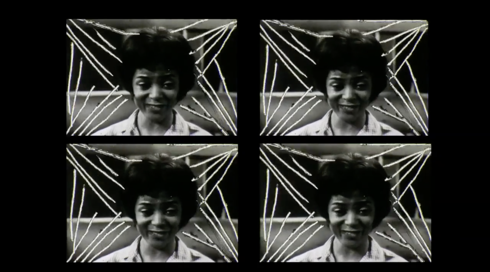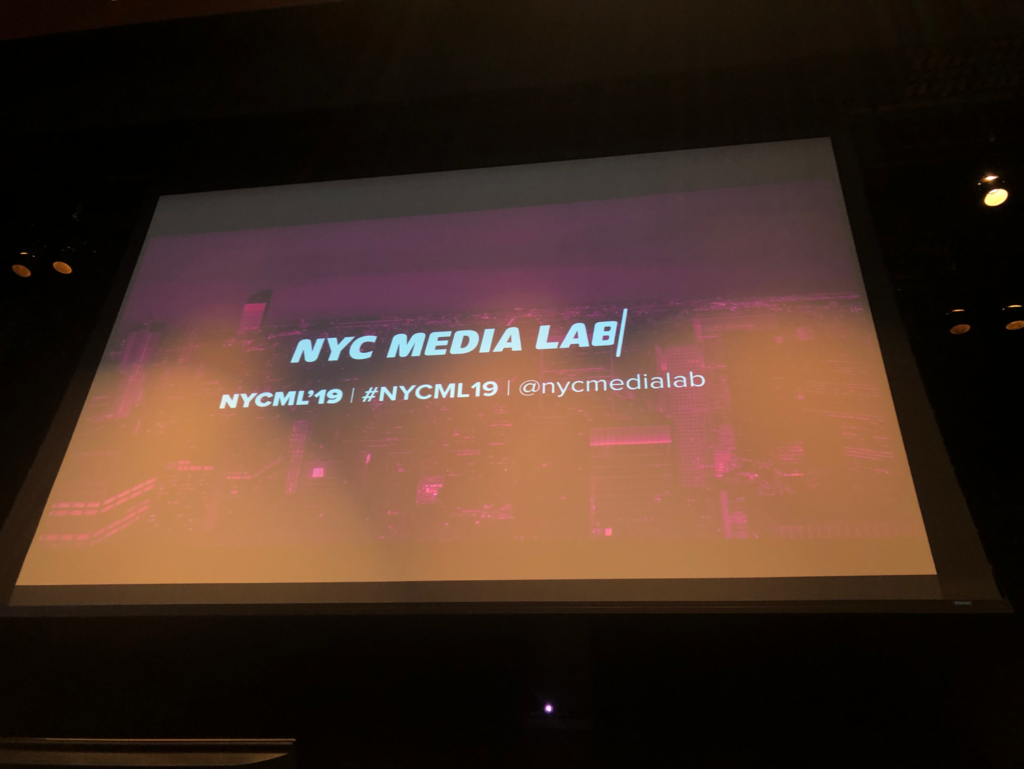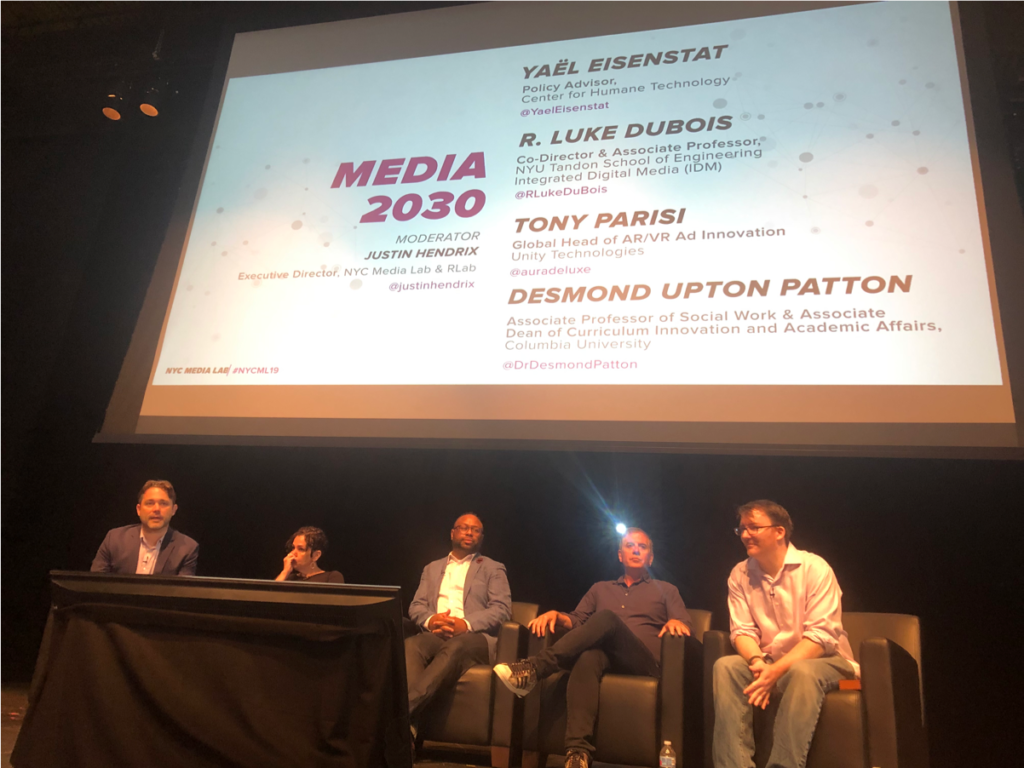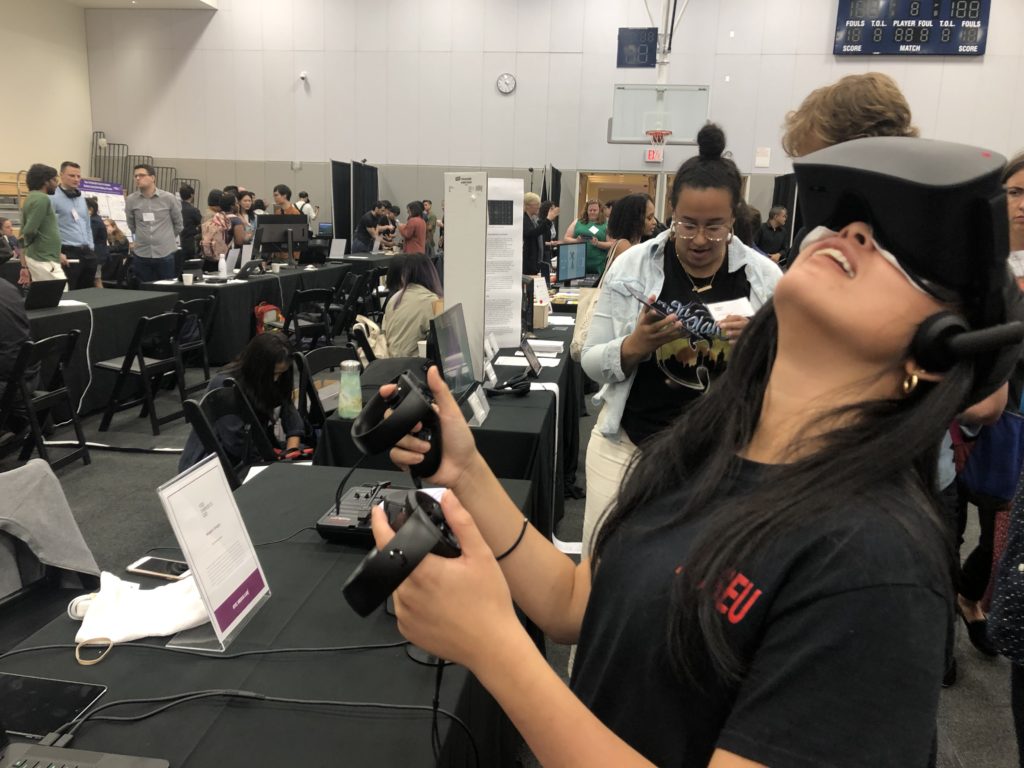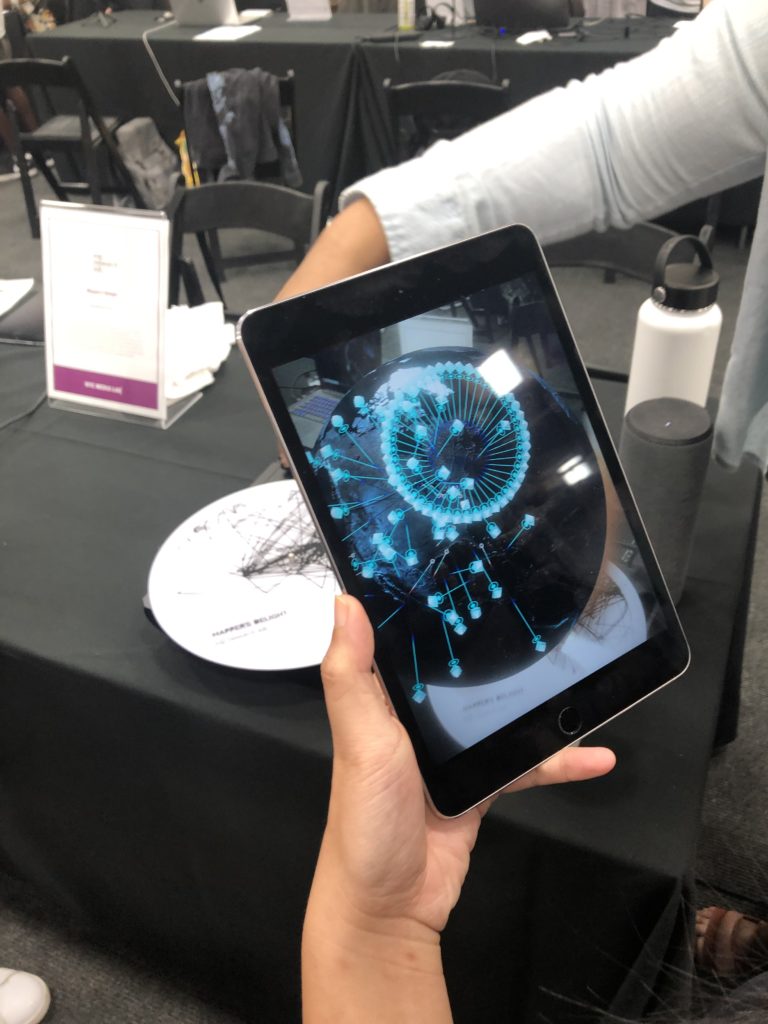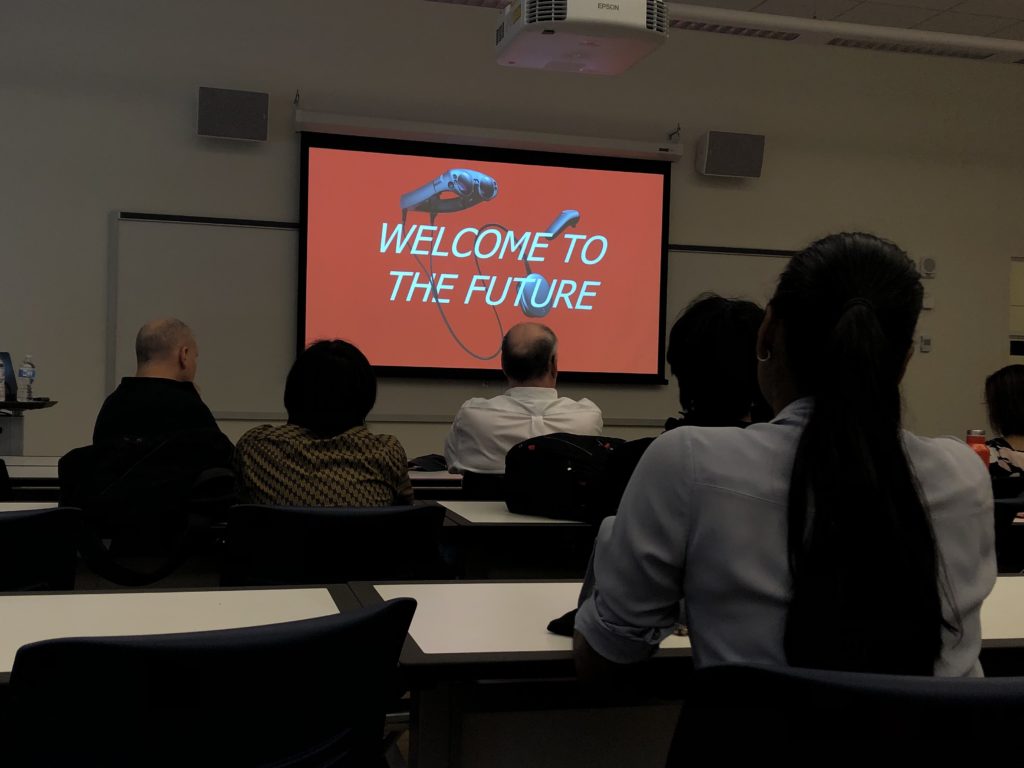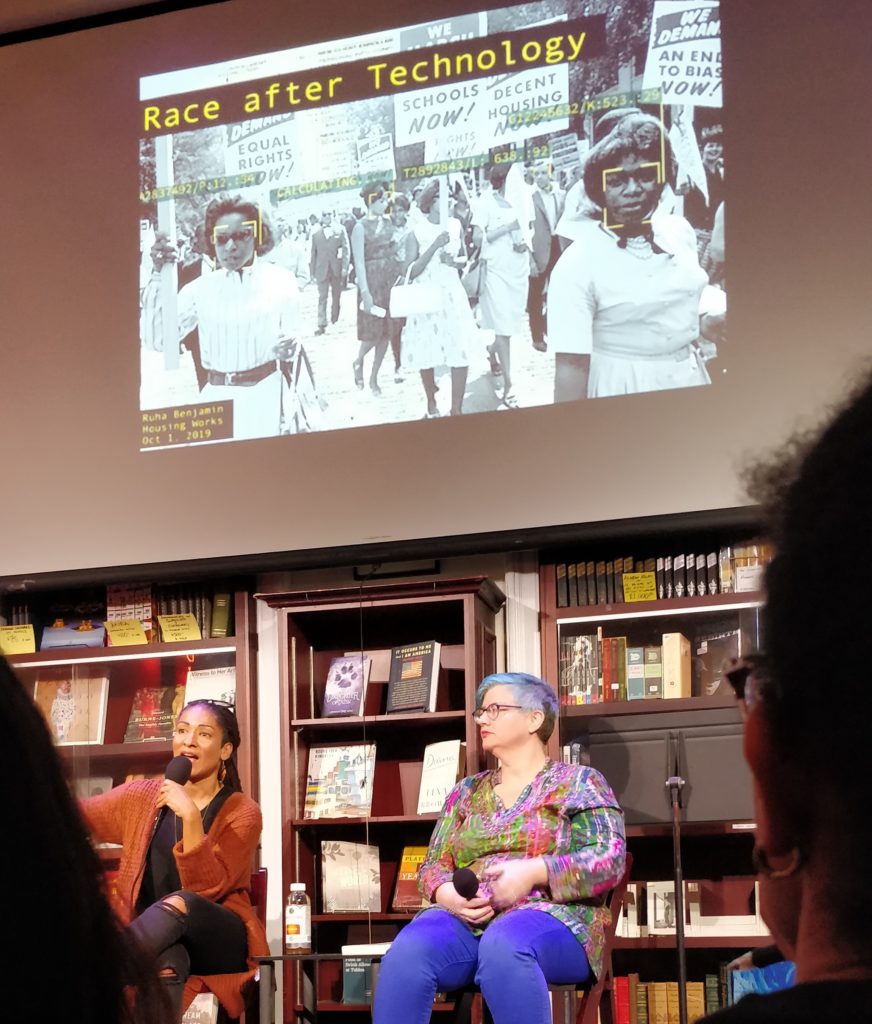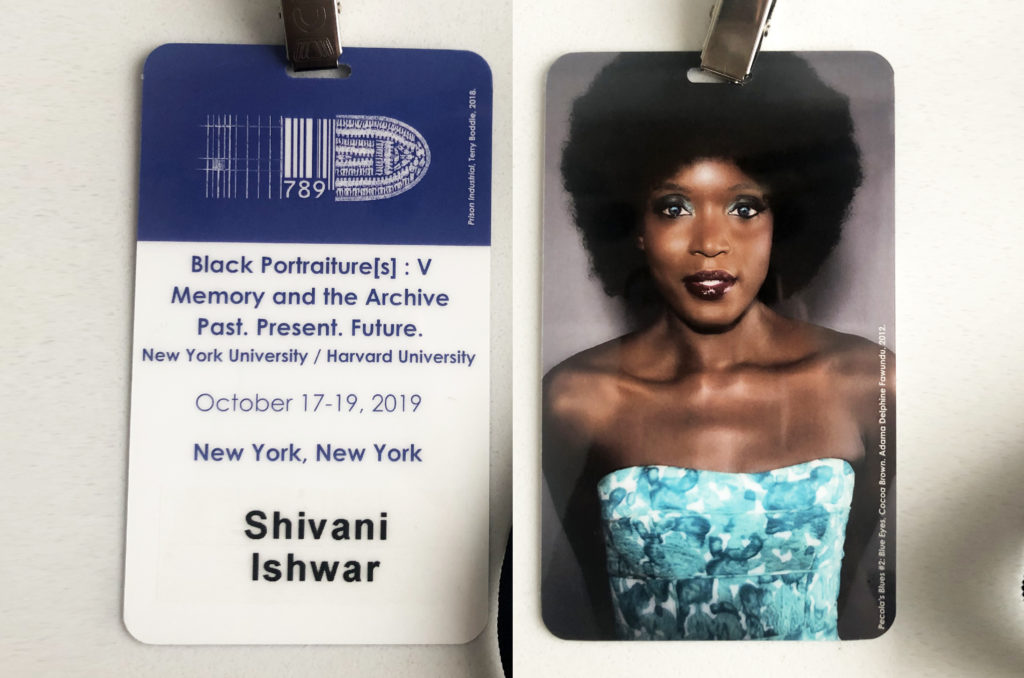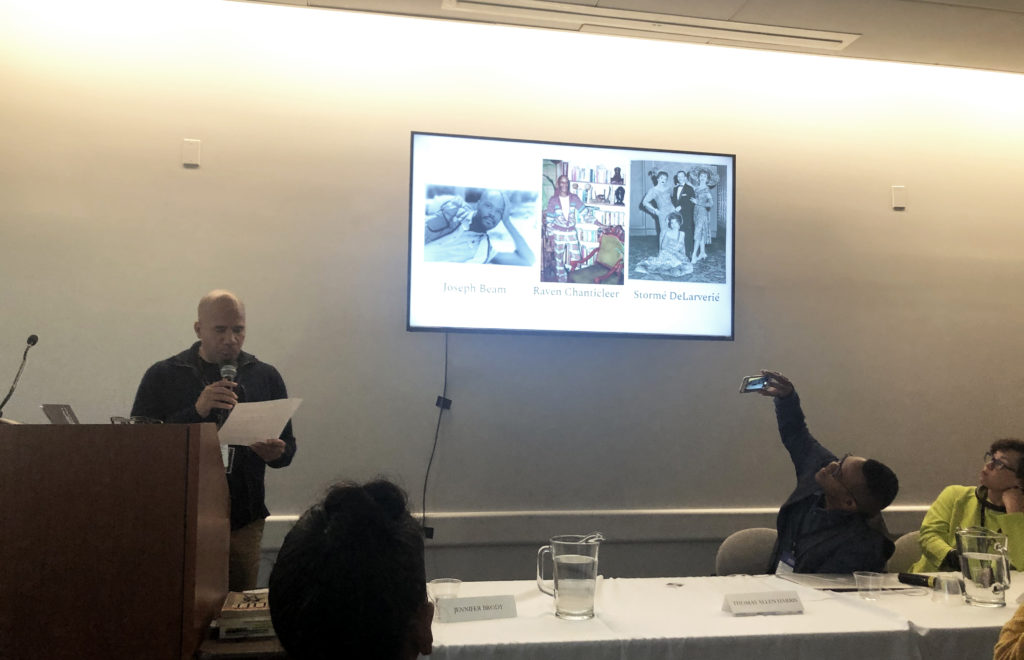“REcon” is a yearly free conference for user researchers, and this event is an excellent opportunity to learn from industry leaders, share ideas, expand the connection, and discuss all things user research. The event was hosted on Oct. 5th and located at Bloomberg LLP. I was so excited to have this opportunity to join ‘REcon’ event. The event has all senior and above UX designers on-site to give speeches of sharing their experiences.
Audiences checked in around 8 am and had a short social time in the breakfast session. Most of the people I chatted with are from UI/UX design industry or have the intention to transfer into this industry. We exchanged our ideas about how we started to think about working as UI/UX designer. I met a guy who currently works as a UX researcher in Instagram with a very different background. He majored in gender studies when he was in college. He began to think of pursuing his career as a UX researcher when he worked on his graduate project. His topic was about porn culture and focused on human needs. He told me that when he worked on his project, he has done tons of interviews about why people watch porn. The result made him realize that the success of a product is all about meeting customers’ needs, and he found he would like to dig deeper into UX research field and design a product that matches customers’ needs. After having a small conversation with this interesting guy. The event was about to start.
The first guest speaker is Rachel Carpenter, the head of Design Strategy in Citi. She talked about why sometimes clients don’t care about the research and the result, but they still want researchers to do about it. She elaborated on what a researcher or designer should do when faces this situation. The first thing to do is to pitch the result and design ideas to the clients. During the process, give the clients multiple options to choose from, and interact with clients so that clients will have the sense of participant during the whole process. Thus, clients will have more interest in learning more about your research because they feel they are part of it. She also gave some suggestions and ideas about how to present your talent among your colleagues.
After Rachel, two more guest speakers who are from Bentley University, gave a speech about ‘A case study in measuring emotional engagement of customers using a virtual dressing room on an e-commerce website.’ They presented the research about users are most likely having the suspicious, ‘Is that really me?’ The key challenges they had were to accurately measure a potentially wide range of customer emotions, including engagement, joy, frustration, trust, surprise, and disgust. Their presentation shares the results from a case study that focused on measuring customer emotions while using different virtual dressing rooms using e-commerce websites. Biometric data from users, such as eye-tracking, facial expressions, and galvanic skin response (GSR), show a complete picture of the emotional customer experience which would otherwise be difficult to detect using analytics, market research, or traditional user research methods. This was a really interesting case study, which made me realize how widely the usability knowledge can practice in our world.

Next, we had Graham Marshall who from Zebra Technologies presents his talk about ‘Service design methodology for enterprise operations.’ He said that this methodology is often used to track the journey of a consumer through a thoughtfully designed retail environment or a citizen participating in a community service. This methodology is mainly used to analyze the dynamics of enterprise operations. At last, he stated that the practice of this methodology help to be able to communicate the interconnected complexities of the challenge and demonstrate where we might take it had been the most significant benefit of service design methodology.

After Graham’s great speech, we had a lunch session in Bloomberg building. Staff from Bloomberg showed us around the building and the design department. Though Bloomberg is known as a finance company, the design department is more like an art corner which is full of creative decorates and structure. Bloomberg held a great lunch session, and they gave each table a topic to discuss during lunchtime to help people better interact and connect with each other. They even hand out some small games like ‘usability term bingo’ to make lunch more interesting.
In the afternoon, the first speech was presented by two Bloomberg user experience designer, Jaris Oshiro, and Hala Shih. The topic they talked about is color accessibility. They elaborated on what they would design for color vision deficiencies in the financial industry with their Bloomberg Terminal as an example. The presentation enlightens me that UI design should consider people from different groups, such as people with color vision deficiencies. Also, it reminded me of Norman’s design thinking regarding the culture constraints that ‘ Each culture has a set of allowable actions for social situation’ (Norman, 2015). If the culture is not able to be changed, then the change should be made on design. Every industry should not discriminate against those people having an abnormal part.
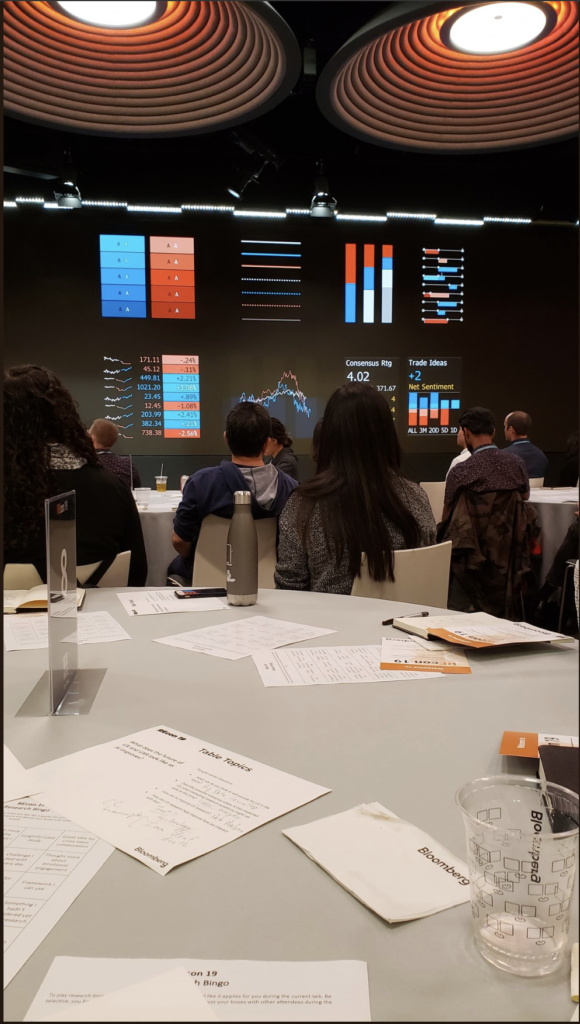
The last speech was presented by Natalie Connors and Tiffany walker, who is a director of design and strategy department and senior UX researcher JP Morgan Chase. Their speech was the one that I can relate most since they gave the idea about how to do the essential work in UX research. They shared some case they have done with Cognitive Walkthrough, Heuristic Evaluation and Usability Testing, which are the three topics that I am learning in this semester. Moreover, they also shared the tricks when they are doing the research, they will research about clients’ behavior at first. For better future service, it’s essential to know more about their clients’ preference. From Natalie’s talking, I was thinking of Wilson says ‘ the origins of human information study is seeking behavior research’ (Wilson, 2000).
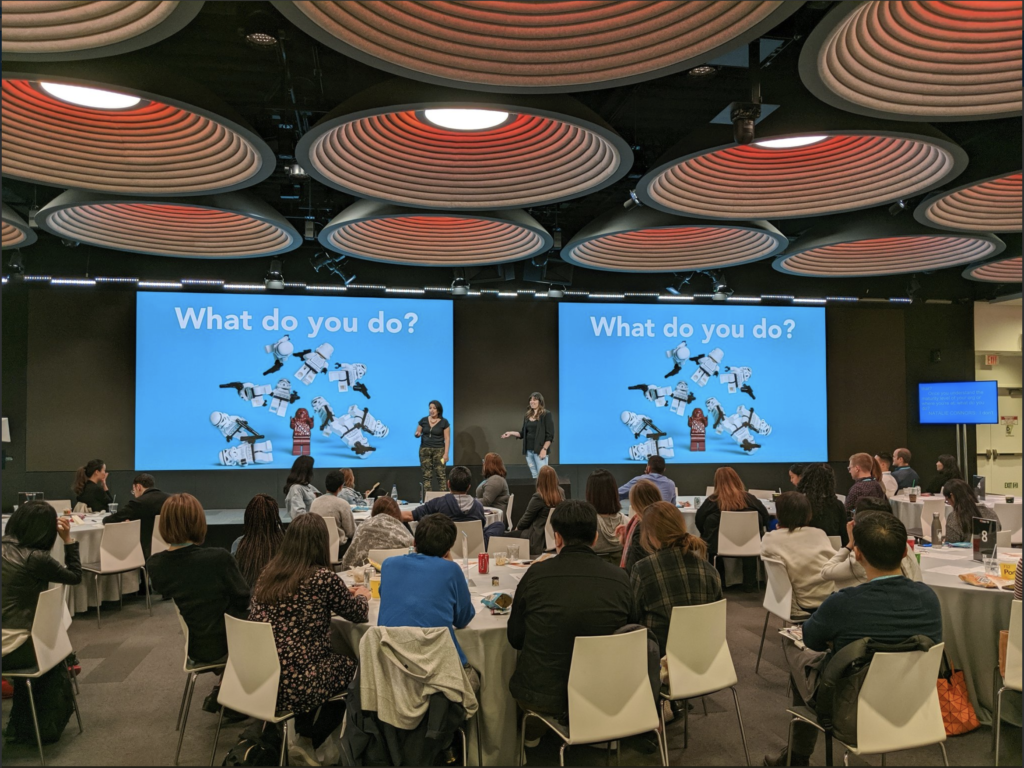
In general, I had a great experience in this ‘REcon’ event. I met and talked to lots of interesting people. From the conversation with them, I realized I have a long way to go and feel like I have hidden passion in this industry. I believe what I have learned in this event would help me with my career in the future.
References:
Norman, Donald A. The Design of Everyday Things. MIT Press, 2013
Wilson, T. D. (2000). “Human Information behavior.” Informing science 3(2): 49-56
